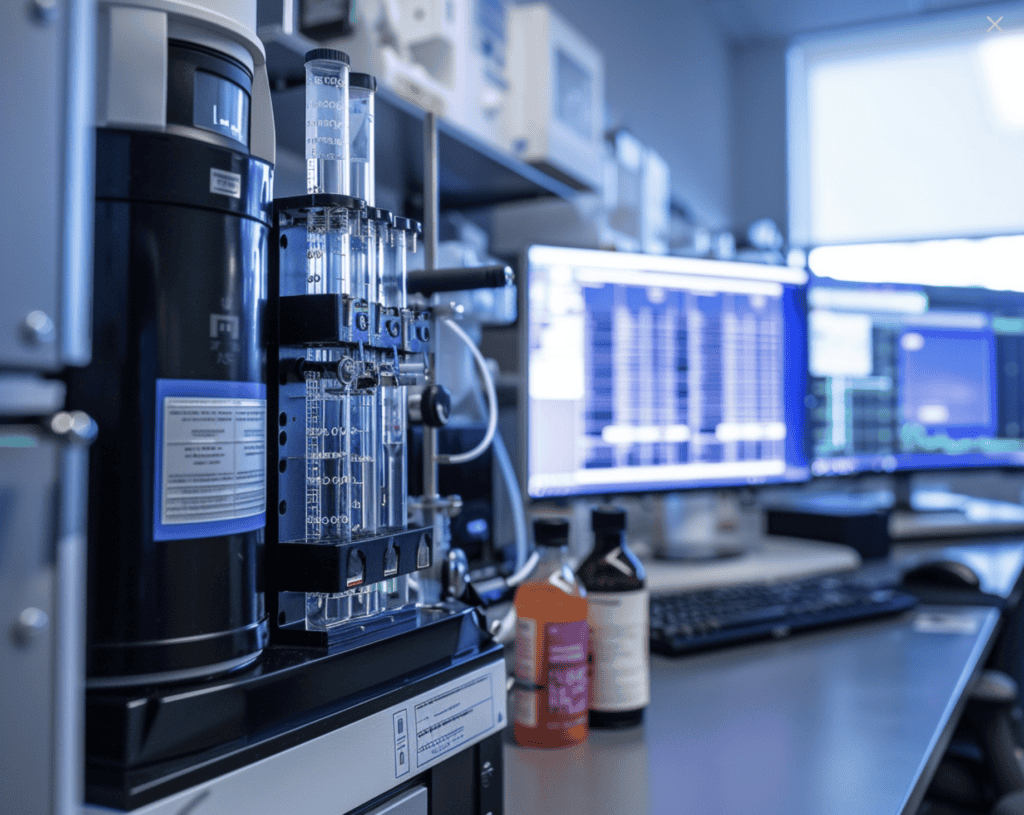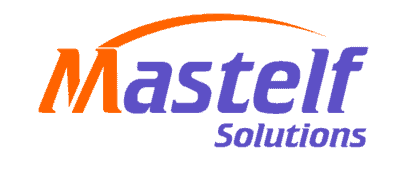
Introduction
Gas Chromatography (GC) is a vital analytical technique used extensively in various industries, including pharmaceuticals, environmental science, and food safety. Known for its high efficiency and precision, GC allows for the separation and analysis of volatile compounds. This article will delve into the advantages and disadvantages of gas chromatography, helping you understand its strengths and limitations.
Answer Section
Gas Chromatography (GC) is highly efficient and accurate, capable of separating and analyzing complex mixtures quickly. However, it requires that samples be volatile and thermally stable, which can limit its applicability.
Detailed Content Section
What is Gas Chromatography?
Gas Chromatography (GC) is a method used to separate and analyze compounds that can be vaporized without decomposition. The technique involves a mobile phase (an inert gas) and a stationary phase (a liquid or solid adsorbent). As the sample vaporizes and travels through the column with the carrier gas, it interacts with the stationary phase, leading to separation based on different retention times.
Pros of Gas Chromatography
High Efficiency and Resolution
One of the most significant advantages of GC is its high efficiency in separating complex mixtures. GC provides excellent resolution, allowing for the detection of small amounts of substances within a sample. This high resolution is particularly beneficial in environmental analysis, where detecting trace levels of pollutants is essential. The technique’s ability to provide clear separation peaks ensures accurate identification and quantification of components in a mixture.
Fast Analysis
GC is known for its rapid analysis capabilities. It can quickly separate and identify compounds, making it an ideal choice for high-throughput environments. This speed is beneficial in clinical laboratories for diagnosing diseases, in forensic investigations for detecting substances in crime scenes, and in quality control processes within various industries. The quick turnaround time for results enhances productivity and decision-making processes.
Sensitivity and Precision
Gas chromatography offers high sensitivity and precision, enabling the detection of minute quantities of compounds. The method’s precision ensures reliable and reproducible results, which are crucial in research and development and regulatory compliance. The ability to detect low concentrations of analytes makes GC an invaluable tool in toxicology, doping control, and environmental monitoring.
Versatility
GC is highly versatile, with a wide range of detectors available, including Flame Ionization Detectors (FID), Electron Capture Detectors (ECD), and Mass Spectrometers (MS). This versatility allows GC to be used for diverse applications, from detecting pesticides in food to analyzing metabolic profiles in biological samples. The choice of detector can be tailored to the specific needs of the analysis, enhancing the technique’s applicability across various fields.
Quantitative Analysis
GC is excellent for quantitative analysis, providing precise measurements of component concentrations within a sample. This feature is particularly useful in quality control, where ensuring the exact composition of a product is critical. For instance, in the pharmaceutical industry, GC can accurately measure the purity of drugs and identify any impurities, ensuring that the final product meets regulatory standards.
Robustness and Reliability
GC systems are known for their robustness and reliability. Once set up correctly, they can run continuously for extended periods with minimal intervention. This reliability is crucial in industrial settings where consistent performance and uptime are necessary to maintain productivity and avoid costly downtimes.
Cons of Gas Chromatography
Sample Volatility Requirement
One major limitation of GC is that the sample must be volatile and thermally stable. Non-volatile or thermally labile compounds cannot be analyzed directly by GC, limiting its applicability for certain types of samples, such as large biomolecules and polymers. This requirement means that additional sample preparation steps, such as derivatization, might be necessary to convert non-volatile compounds into volatile ones, adding to the complexity and time of the analysis.
Limited to Small Molecules
GC is generally restricted to analyzing small molecules. Large, complex molecules that cannot be vaporized without decomposition are unsuitable for this technique. This restriction means that GC cannot be used for analyzing proteins, nucleic acids, or other macromolecules directly. Techniques such as liquid chromatography (LC) or high-performance liquid chromatography (HPLC) might be better suited for these types of analyses.
Cost and Maintenance
The initial cost of a GC system and its maintenance can be high. Detectors and columns need regular calibration and replacement, adding to the operational costs. Additionally, the system requires a constant supply of high-purity carrier gases, further increasing the expense. The ongoing costs associated with gases, consumables, and maintenance can be significant, especially for laboratories with limited budgets.
Specialized Training Required
Operating a GC system and interpreting the results requires specialized training and expertise. The complexity of the equipment and the data analysis can be challenging, necessitating skilled personnel to ensure accurate and reliable outcomes. Training staff to operate and maintain GC systems and interpret the chromatograms accurately can be time-consuming and costly.
Sensitivity to Contaminants
GC is highly sensitive to contaminants, which can affect the accuracy and precision of the analysis. Contaminants can originate from the sample, the carrier gas, or the equipment itself. Ensuring a clean and controlled environment, as well as using high-purity reagents and gases, is essential to avoid contamination and achieve reliable results.
Limited Sample Size
The sample size that can be injected into a GC system is relatively small, typically in the microliter range. This limitation can be problematic when dealing with low-concentration analytes in large-volume samples. Pre-concentration steps may be required to bring the analyte concentration within the detectable range of the GC system.
Destructive Analysis
GC is a destructive analytical technique, meaning that the sample is consumed during the analysis. This can be a drawback when dealing with limited or precious samples where non-destructive methods would be preferred. Once a sample is injected into the GC system, it cannot be recovered for further analysis or testing.
Conclusion
Gas Chromatography (GC) is a highly efficient and precise analytical technique suitable for a wide range of applications. However, its limitations regarding sample volatility, molecular size, and operational costs must be considered. Understanding these pros and cons can help you determine if GC is the right method for your analytical needs.
Key Takeaways
- Efficiency and Resolution: GC offers high resolution and efficient separation of complex mixtures.
- Speed: Rapid analysis makes GC ideal for high-throughput environments.
- Sensitivity and Precision: Capable of detecting minute quantities with high precision.
- Versatility: Wide range of detectors allows for diverse applications.
- Limitations: Requires volatile, thermally stable samples; limited to small molecules.
- Cost: High initial and maintenance costs.
- Expertise: Requires specialized training to operate and interpret results accurately.
- Contamination Sensitivity: Highly sensitive to contaminants affecting accuracy.
- Sample Size and Destructive Nature: Limited sample size and destructive analysis can be drawbacks.
For further inquiries or detailed information on implementing gas chromatography in your processes, feel free to contact our expert team. Our specialists are ready to provide guidance and support tailored to your specific analytical needs.
If you need our headspace vials, please feel free to reach out.











